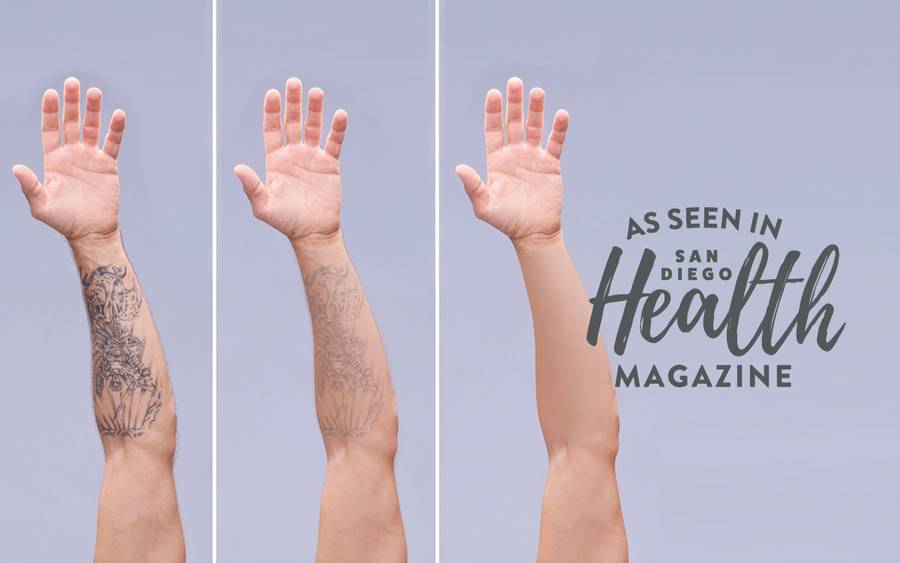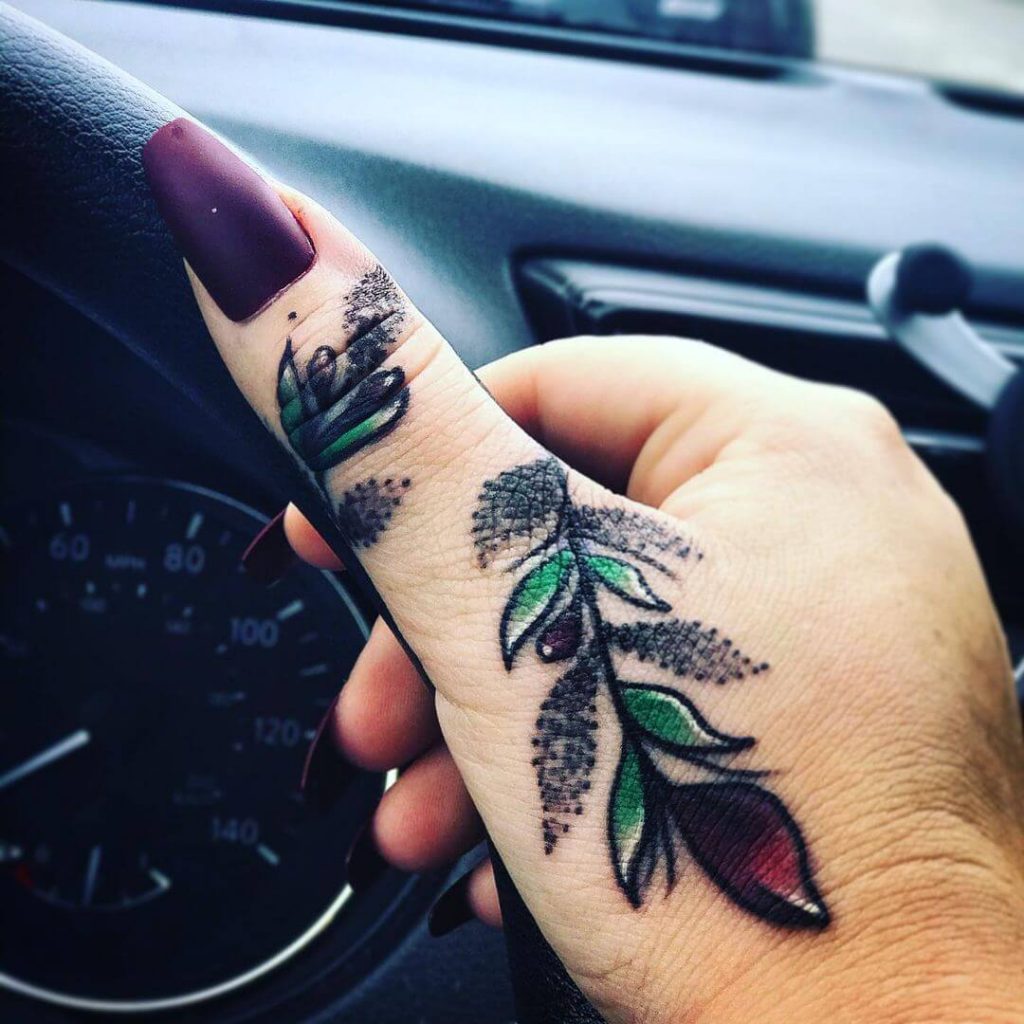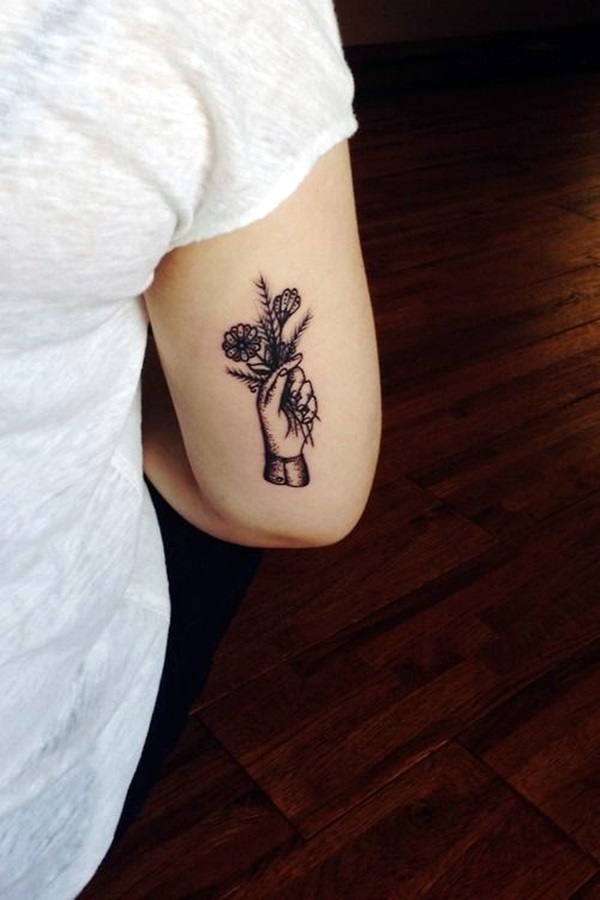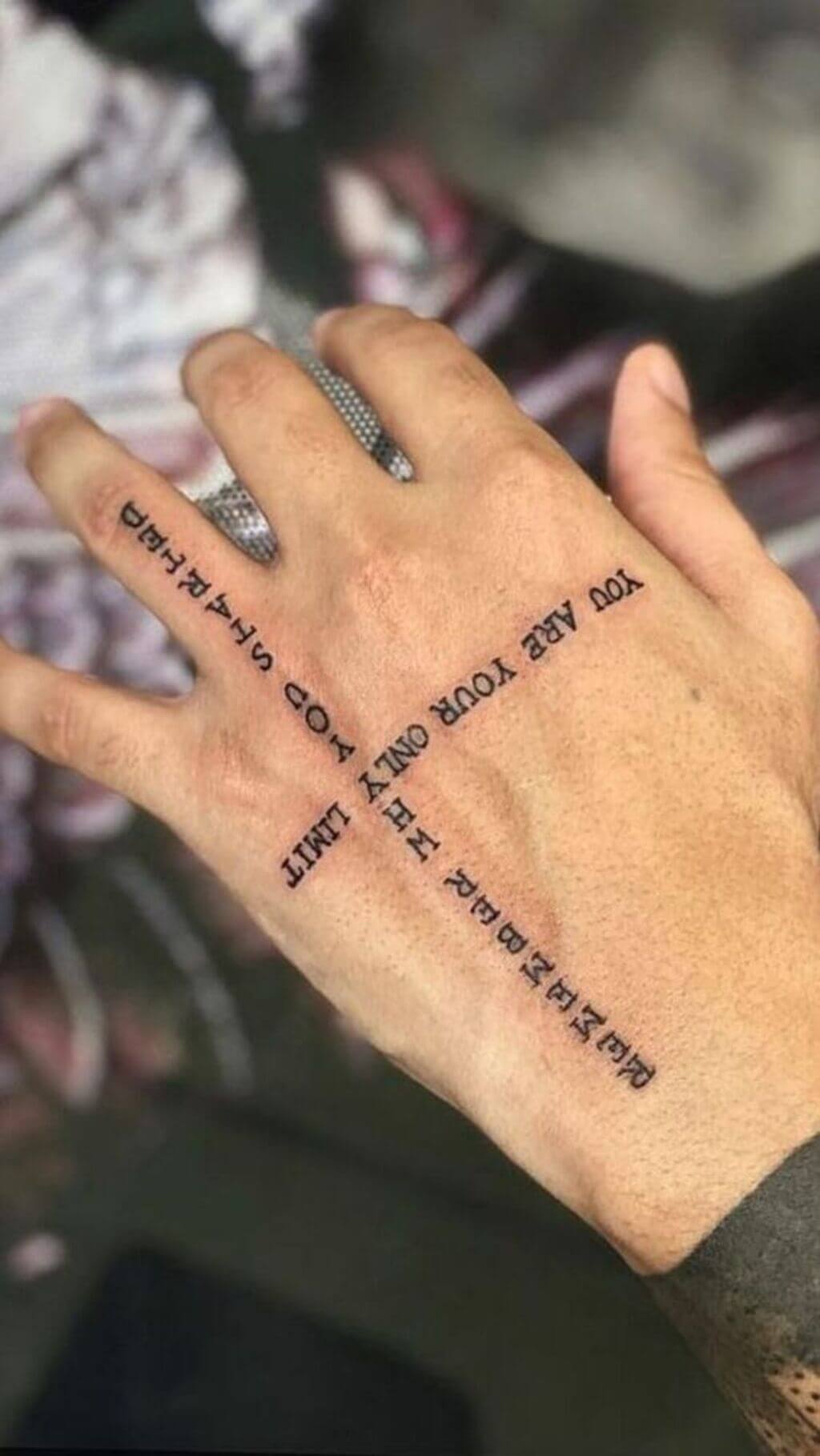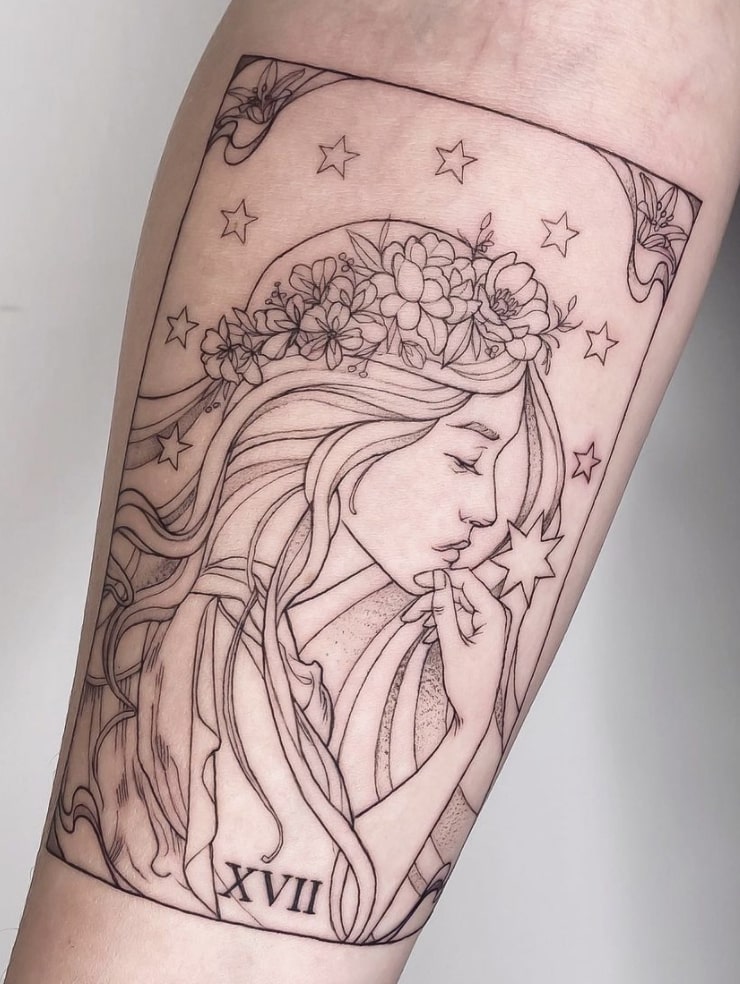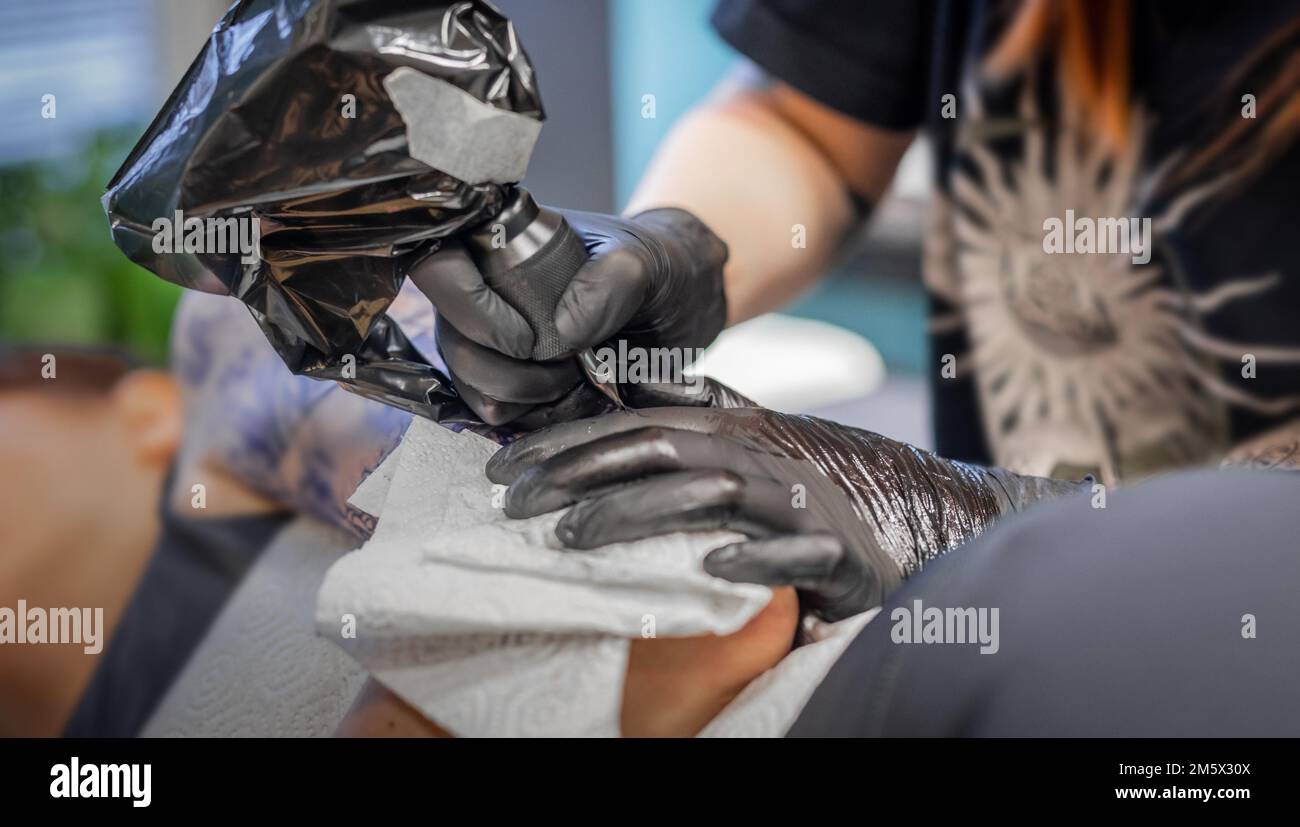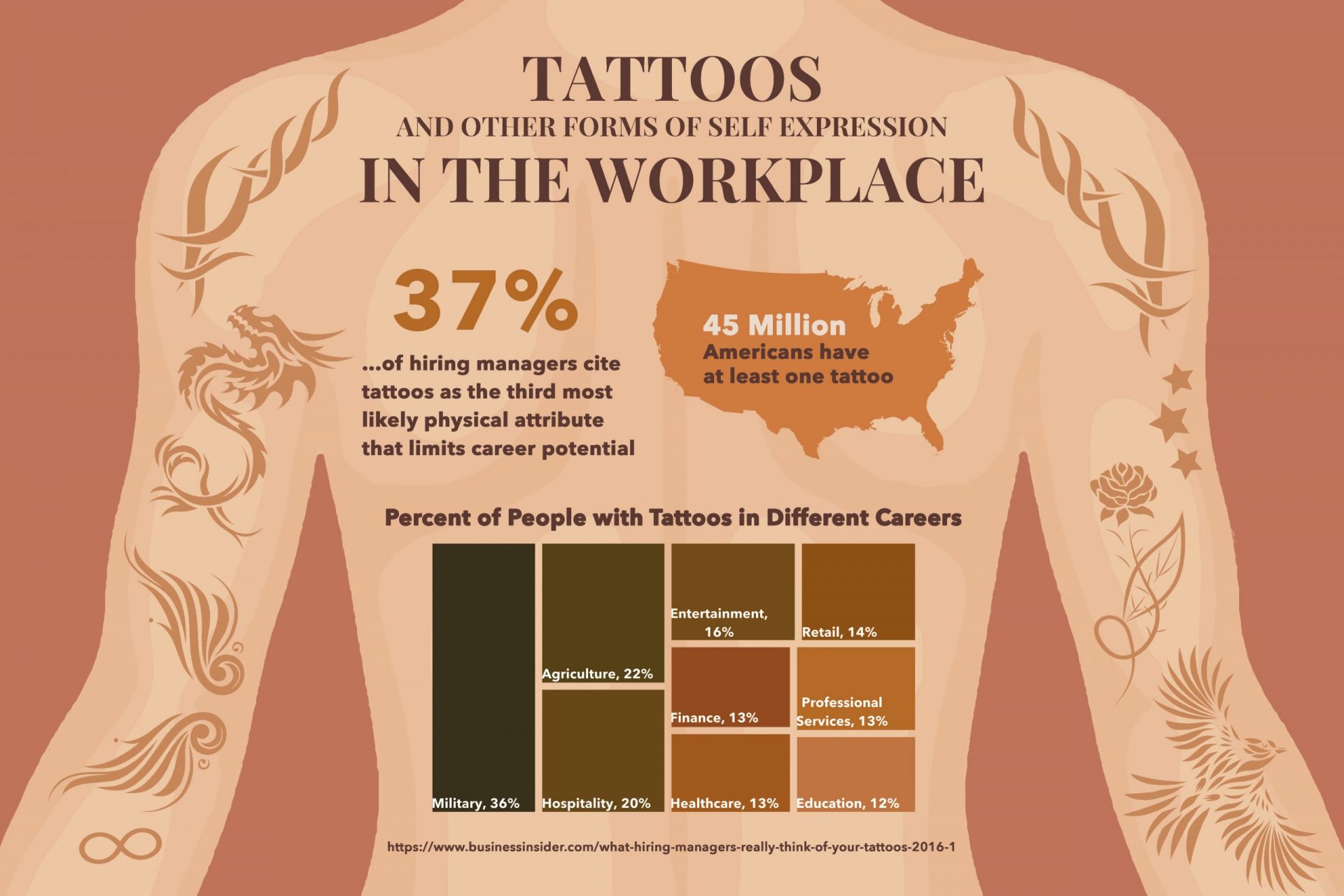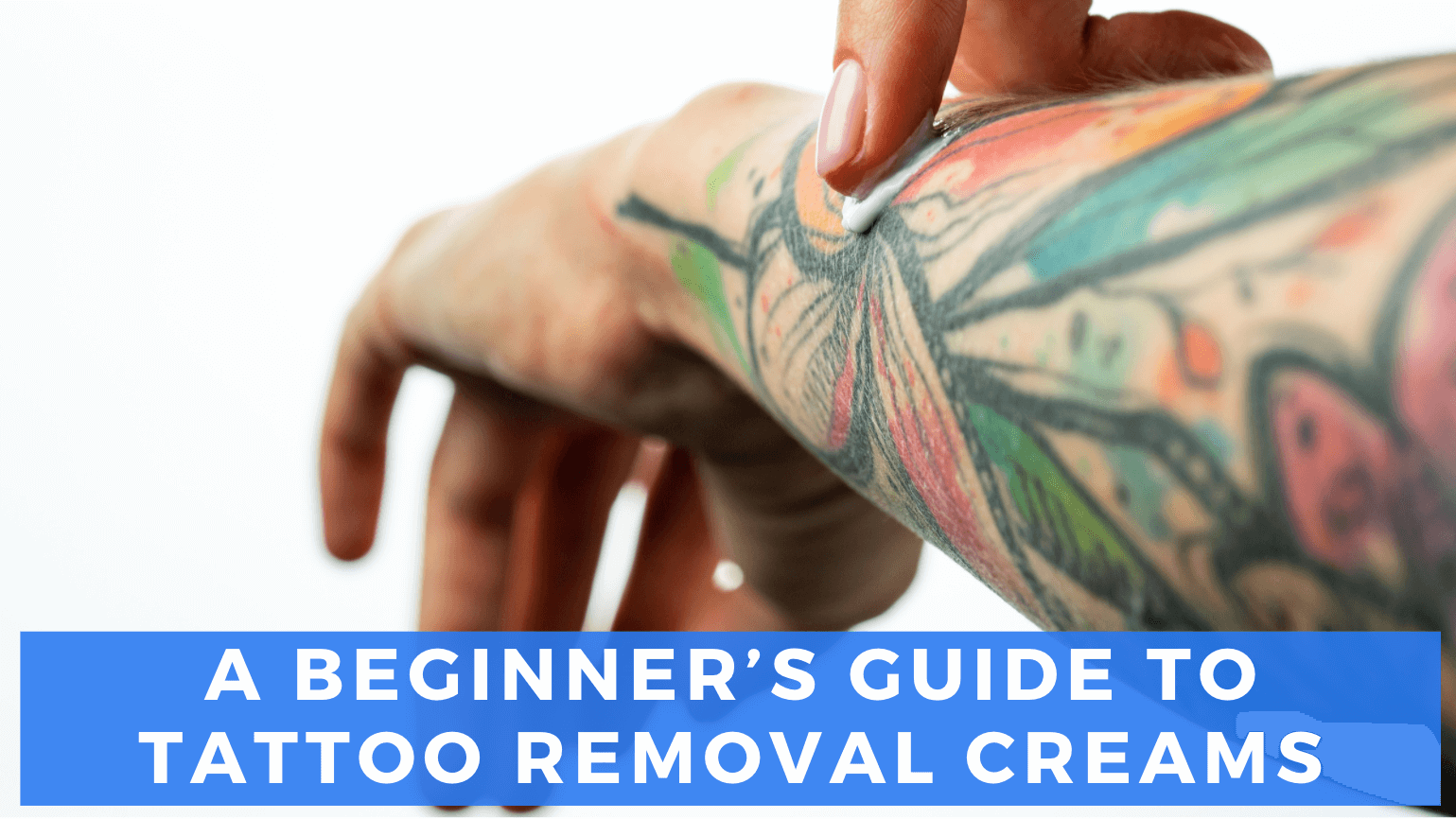
Alright, let’s talk tattoos.
Specifically, sunflower tattoos.
And even more specifically: Does a sunflower tattoo work well as a full sleeve?
It’s a valid question, right?
You’re thinking about committing to a whole arm of sunflowers.
That’s a big deal!
You’re probably wondering if it’ll look cool, if it’ll get boring, if it’s even possible to pull off.
I get it.
Let’s break it down.
Sunflowers as Sleeves: Can It Be Done?
Yes, absolutely.
But there are things to consider.
You can’t just slap a bunch of sunflowers on your arm and call it a day.
Well, you can, but you might not love the results.
A good sunflower sleeve needs planning and artistry.
Think about it like this: a single sunflower is pretty.
A field of sunflowers?
Breathtaking.
A sunflower sleeve should aim for that "field of sunflowers" vibe.
What Makes a Great Sunflower Sleeve?
It’s not just about the flowers themselves.
It’s about the composition, the shading, the details, and the overall flow.
Here’s what I think makes a killer sunflower sleeve:
- Variety in Flower Size and Style: Don’t just have a bunch of identical sunflowers. Mix it up! Small buds, full blooms, different angles. This adds visual interest.
- Incorporating Leaves and Vines: These create movement and fill in gaps. They also provide a nice contrast to the bright yellow of the sunflowers.
- Adding Other Elements: Think about incorporating elements like bees, butterflies, or even geometric patterns. This can make the sleeve more unique and personal.
- Masterful Shading and Depth: This is crucial. Good shading will make the sunflowers look realistic and three-dimensional.
- Choosing the Right Artist: This is the most important thing, honestly. Find an artist who specializes in floral tattoos and has a portfolio that you love.
Real-Life Sunflower Sleeve Examples (and What We Can Learn)
I’ve seen some amazing sunflower sleeves out there.
One that really stood out had a subtle watercolor effect.
The colors were soft and blended beautifully, giving it a dreamy quality.
Another one incorporated a quote about growth and resilience, hidden amongst the leaves.
It was a meaningful touch that elevated the entire design.
But I’ve also seen some that… well, let’s just say they weren’t as successful.
Often, the problem was a lack of depth or a repetitive design.
It looked flat and boring.
The lesson here? Planning is key.
Potential Challenges of a Sunflower Sleeve
Let’s be real, there are some potential downsides to consider:
- Yellow Fading: Yellow ink is notorious for fading faster than other colors. You’ll need to be diligent about sun protection and touch-ups.
- Repetitiveness: If you’re not careful, a sunflower sleeve can look repetitive and monotonous. That’s why variety and other elements are so important.
- Artist Skill: Not all tattoo artists are created equal. Finding someone who can execute your vision flawlessly is essential.
Tips for a Successful Sunflower Sleeve
Okay, so you’re still on board?
Awesome!
Here’s some practical advice:
- Research Artists Thoroughly: Look at their portfolios, read reviews, and talk to them about your vision.
- Collaborate on the Design: Don’t just hand them a picture and say "copy this." Work with them to create a unique design that flows well with your body.
- Consider Placement: Think about where the sunflowers will be positioned on your arm. This can affect the overall look and feel of the sleeve.
- Be Patient: A full sleeve is a big project. It will take multiple sessions and a lot of time. Don’t rush the process.
- Aftercare is Crucial: Follow your artist’s aftercare instructions carefully to ensure proper healing and prevent fading.
FAQ About Sunflower Tattoos
- Do sunflower tattoos symbolize anything? Yes! Sunflowers often symbolize adoration, loyalty, and longevity. They can also represent happiness and optimism.
- Are sunflower tattoos only for women? Absolutely not! Tattoos are for everyone, regardless of gender.
- How much does a sunflower sleeve tattoo cost? Prices vary depending on the artist, the size of the sleeve, and the complexity of the design. Expect to pay several hundred to several thousand dollars.
- What other flowers go well with sunflowers in a sleeve? Consider incorporating daisies, wildflowers, or even small roses.
- What tattoo style works best for a sunflower sleeve? Realism, watercolor, and neo-traditional styles all work well.
Ultimately, the decision of whether or not to get a sunflower sleeve is a personal one.
But with careful planning and the right artist, it can be a stunning and meaningful piece of art.
Just remember to think it through and choose an artist who can bring your vision to life.
So, to answer your original question: Does a sunflower tattoo work well as a full sleeve?
Yes, it absolutely can, when done right.










